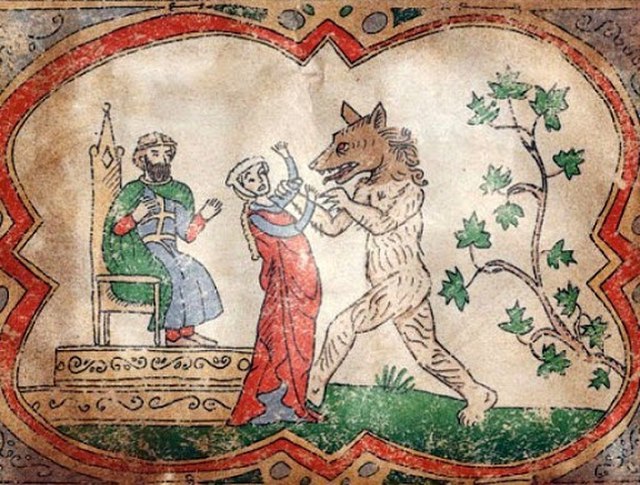A Breton lai, also known as a narrative lay or simply a lay, is a form of medieval French and English romance literature. Lais are short, rhymed tales of love and chivalry, often involving supernatural and fairy-world Celtic motifs. The word "lay" or "lai" is thought to be derived from the Old High German and/or Old Middle German leich, which means play, melody, or song, or as suggested by Jack Zipes in The Oxford Companion to Fairy Tales, the Irish word laid (song).
Take the Fair Face of Woman, and Gently Suspending, With Butterflies, Flowers, and Jewels Attending, Thus Your Fairy is Made of Most Beautiful Things, painting Sophie Gengembre Anderson
Marie de France was a poet, possibly born in what is now France, who lived in England during the late 12th century. She lived and wrote at an unknown court, but she and her work were almost certainly known at the royal court of King Henry II of England. Virtually nothing is known of her life; both her given name and its geographical specification come from manuscripts containing her works. However, one written description of her work and popularity from her own era still exists. She is considered by scholars to be the first woman known to write francophone verse.
Marie de France from an illuminated manuscript
"Marie de France presents her book of poems to Henry II of England" by Charles Abraham Chasselat
The Woman and the Wolf in Marie de France’s “Bisclavret”




